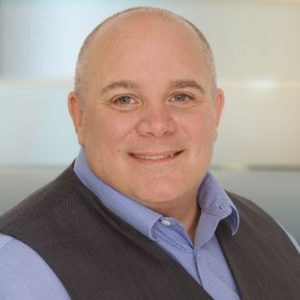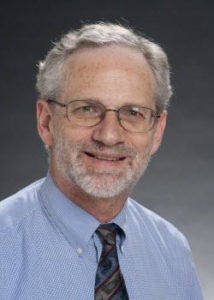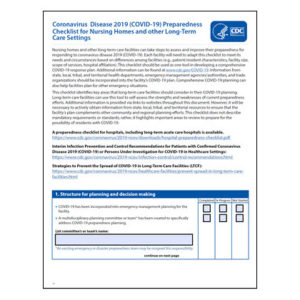PACE crosses the 100 mark
The Program of All-inclusive Care for the Elderly (PACE) model announced four new PACE programs this week, reaching a milestone 103 programs across 31 states. PACE programs provide clinical healthcare services and daily living supports for nursing home-eligible seniors within the community, as an alternative model to moving the elderly to skilled nursing facilities (SNFs).
Within PACE programs, interdisciplinary teams of physicians, nurses, social workers and therapists provide person-specific care plans to seniors in their community setting, delivering many of the medically necessary care functions found in nursing homes while allowing more than 90 percent of participating seniors to remain at home. Using a bundled payment model, PACE provides integrated care for high-need, high-cost seniors who require daily care services.
The PACE model has been around since the 1970s, but gained Medicare/Medicaid approval as a permanent provider type in 1997. It has grown in popularity in recent years, with the surge in the 55+ population and amid consumer demands upon the long-term care industry to embrace long-term care service models beyond the traditional walls of SNFs.
“The story of PACE is a rarity in today’s healthcare policy environment,” said Shawn Bloom, president and CEO of the National PACE Association, in a PACE statement. “For people making decisions about where and how they want to receive care as they age, the growing number of PACE programs across the country offers an innovative and proven alternative to nursing homes, enabling seniors to remain at home and maintain their independence.”
Today, more than 42,000 seniors receive their care through PACE programs.
For more information, visit the national PACE website and read the Medicare PACE webpage.

Pamela Tabar was editor-in-chief of I Advance Senior Care from 2013-2018. She has worked as a writer and editor for healthcare business media since 1998, including as News Editor of Healthcare Informatics. She has a master’s degree in journalism from Kent State University and a master’s degree in English from the University of York, England.
Related Articles
Topics: Clinical , Executive Leadership










